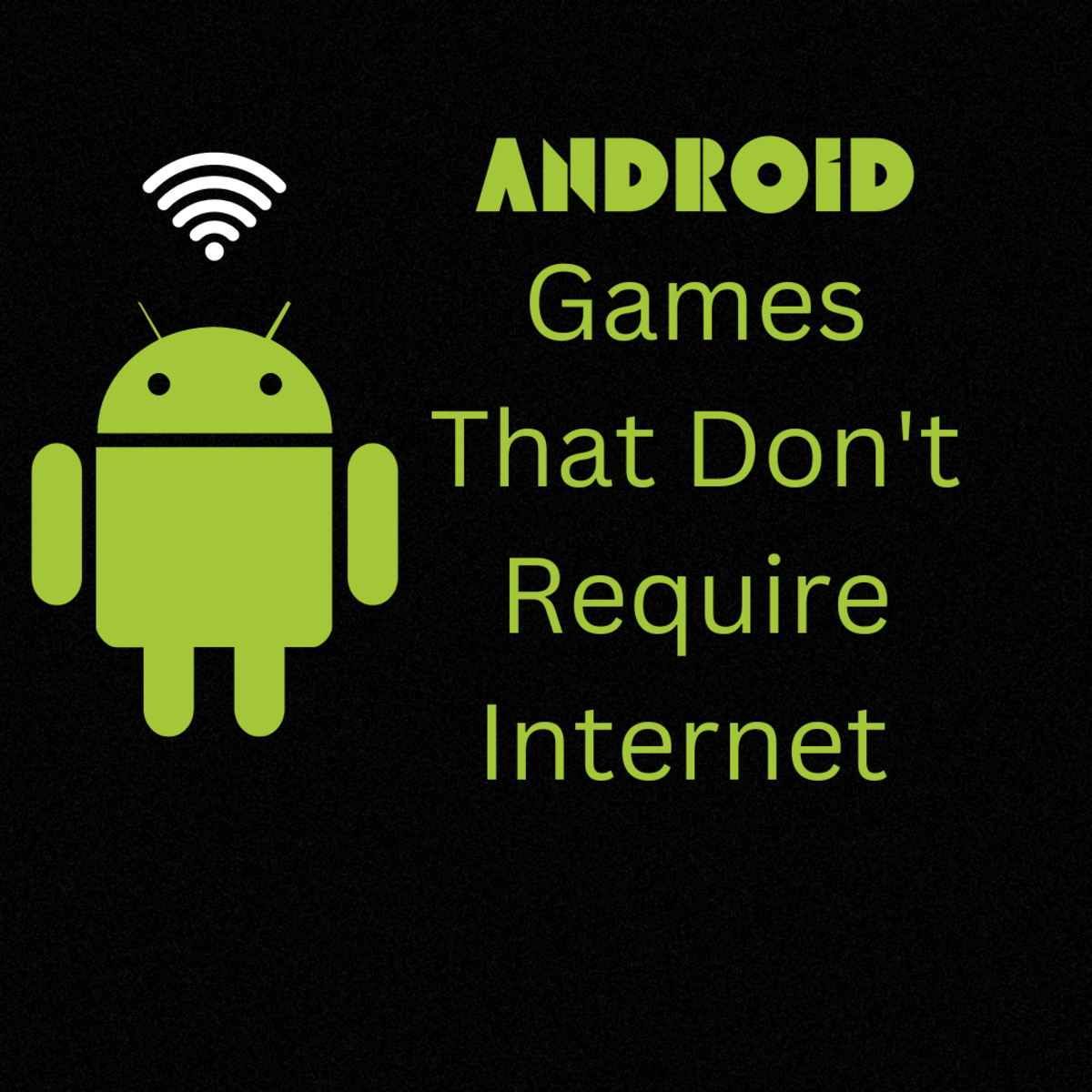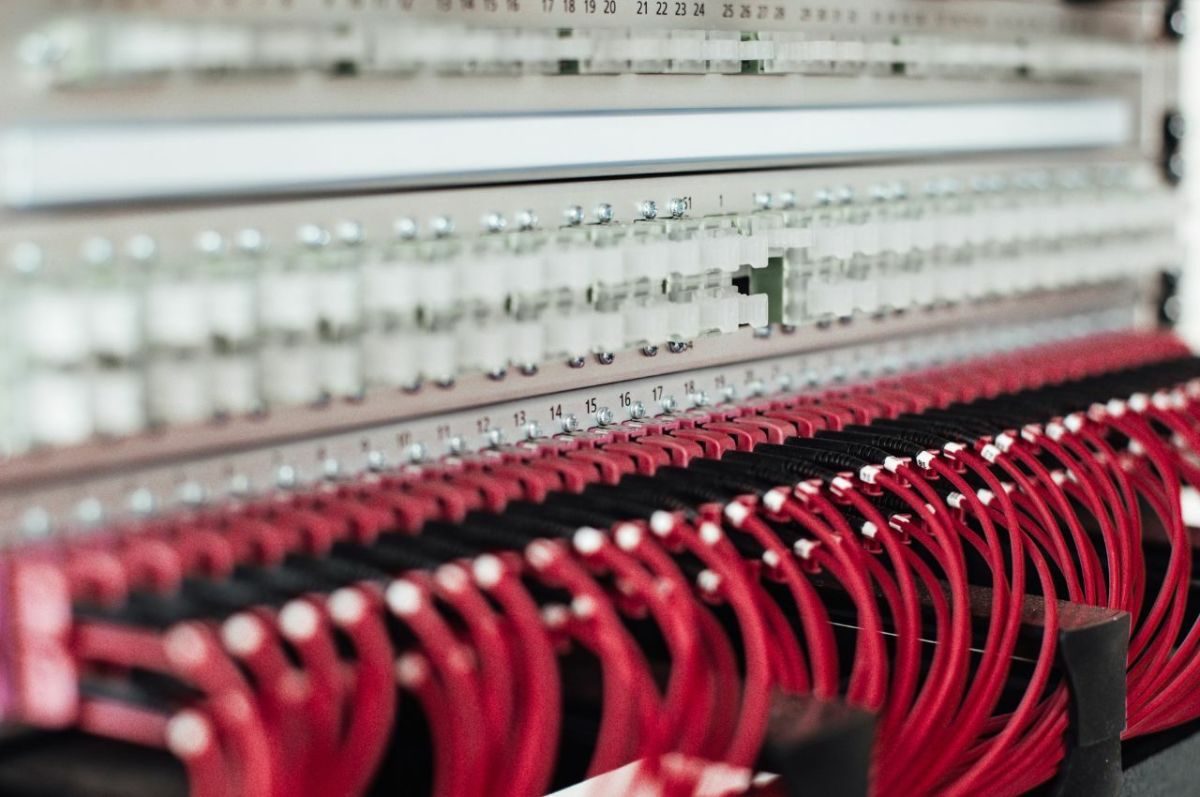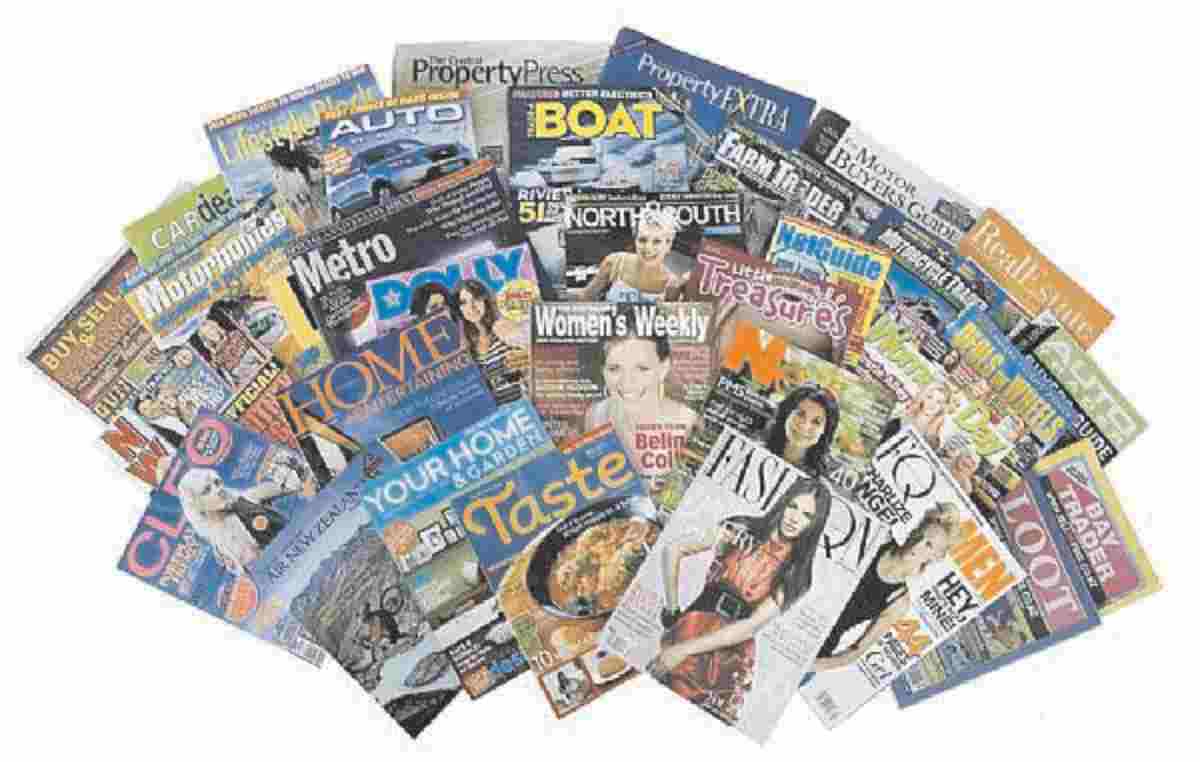Generation Now
Expecting Instant Gratification in a Technical World
I blame technology for the attitude my peers and those younger than us have adopted. When we want something, we want it now, and electronic advances, for the most part, have catered to our demands.
The most important advent that propels the “now attitude” wasn’t invented by Al Gore, but by J.C.R. Licklider of MIT when he proposed the idea of sharing information through a global network of computers in the early 1960’s. His idea was then brought into fruition by Leonard Kleinrock’s theory of packet switching and Lawrence Robert’s successful connection between computer in California and a computer in Massachusetts in the mid-60’s. Today, internet use is on the rise by a 25% increase per year (compete.com), and a survey by Greenfield Online found that 21% of employed people under the age of 25 check their email more than 15 times a day.
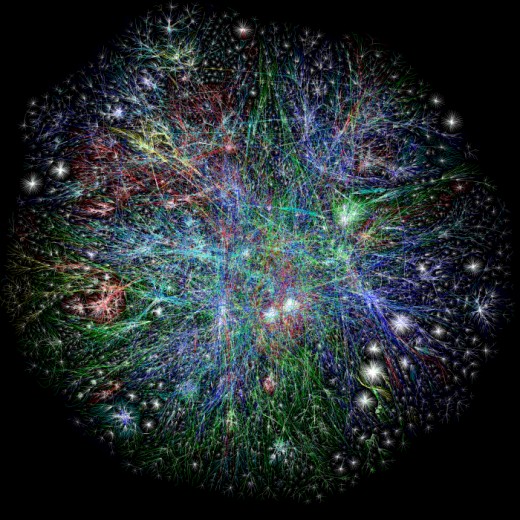
In the 1990’s, the second generation, or 2G phone made its public debut. This was the generation that moved away from the large “brick” phones and into the small, pocketable devices we use today. Since then, the number of people who own mobile phones has increased significantly, with some people are canceling their land lines altogether. In fact, a survey by the CDC found almost one in six households are wireless (arstechnica.com). Before the modern cell phone, if you needed to make a call, you would have to wait until you found an available phone, and possibly enough change to place the call. Today, making a phone call is as easy as pulling your mobile device out of your pocket. Or if you’re an obsessive BlueTooth user, and have programmed your phone with voice recognition and automatic calling, you can simply say the person’s name with whom you wish to speak. And it’s no wonder people are checking their email every hour now that portable email devices like Blackberry and iPhone are available. Email is now becoming a longer-form version of text messaging as more people purchase email compatible devices and take advantage of a service whose fee is usually included in the standard contract price. Instant email allows for instant information.
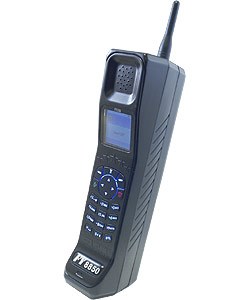
Shopping is now a quick and painless job with websites like amazon.com, overstock.com or just good ol’ Google. You can give a specific description of what you’re looking for and have several options and prices to choose from in seconds. No more hunting through huge department stores or waiting for items to go on sale. Although online shopping doesn’t mean you’ll be able to have your purchase as soon as you click the “Buy” button, you can expedite the shipping process by spending a few more dollars. And websites like zappos.com will allow you to use the company like your own online shopping mall by sending you and letting you return items at no cost.
Even shopping for the perfect mate has been streamlined into a precise, fast process. You can narrow the pool by taking surveys about yourself and letting the computer decide who you might be able to make beautiful music with. And, there are plenty of fish in the online sea--over 40 million Americans currently use an online dating service. Now, you don’t have to waste your time getting dressed up to go out to bars and trying too hard to impress someone. One survey shows only 9% of women and 2% of men are married to someone they met in a bar (happenmag.com). And, getting rejected right to your face is no longer an issue since your prospective dates can simply ignore your messages. And breaking up isn’t so hard to do, as 49% of online daters who’ve dumped someone over email can tell you (happenmag.com). So, thanks to technology, when a person decides he is ready for a relationship, he doesn’t have to wait for the right girl to come along, he can practically special order her and have her waiting at the neighborhood coffee shop with just a few clicks of a button.
Various forms of entertainment are now available to users at the exact speed of their internet connection (which these day sometimes seems like the speed of light). From movies to TV shows to music, people can have exactly what they want, now. The original Netflix business model had DVDs arriving in mailboxes as fast as the postal service could deliver, but in keeping with the instant gratification demands of the consumer, Netflix members can now download selected movies straight to their computers in a manner of minutes. Later this year, Netflix says it will unveil a set-top box that will deliver movies and TV programs directly to televisions through a high-speed internet connection. Similar devices by Apple and Vudu are already on the market. But, you don’t need an expensive set-top box to view most of your favorite TV shows. Networks like NBC and MTV offer most of their programming online, and with fewer commercials.
Since 2003, iTunes, the world’s largest digital music distributor, has been making millions of songs available to music enthusiasts at the touch of a button. Apple has made the purchase process so easy, that by signing in once, you can download albums and songs seamlessly without having to enter your payment information into a screen several times. And if you know when your favorite band’s next album is coming out, you can pre-order it, and the music will automatically download to your iTunes Library the day the album is released. Often, iTunes will offer special hidden tracks or video bonuses to people who pre-order the album. Recently, dishonest industry insiders have been making tracks available for free download before the scheduled drop date. So, even if you can’t wait for a CD’s expected drop date, there’s a chance, if you search hard enough, that you’ll find it for free on an obscure website. The CD is quickly becoming a thing of the past as people look to store their music in digital files. Gone, too, are the days of waiting for hours in a line to get your CD signed by your favorite lead singer.
Online bill paying allows people to have instant access to their paychecks on payday--no more standing in line on Fridays with other 9 to 5-ers. It also allows them to track where all their money went, and how much is left. Almost all bill collectors offer an online bill payment system, with some giving users the option to have the bill paid automatically. These days, “paying bills” means going online and authorizing payment, rather than writing out stacks of checks and licking stamps and envelopes.
Traditional news outlets are being affected by the demands of the Now Generation. About 115,000 people turn to the newspaper as their daily source of current events, while cnn.com averages about 835,000 unique page views per day. At the height of the newspaper’s popularity, when news would break, the publisher might distribute a special smaller edition until the full story could be placed in the regular morning or evening edition. Today, websites like nytimes.com offer breaking news alerts that users can sign up for to receive updates on important events. Most websites that host quickly-changing information like news and blogs use an RSS, or Really Simple Syndication, feed to let users know when content has been updated. So, instead of having to take the initiative to check back for updates, the website will let you know when new information has been added.
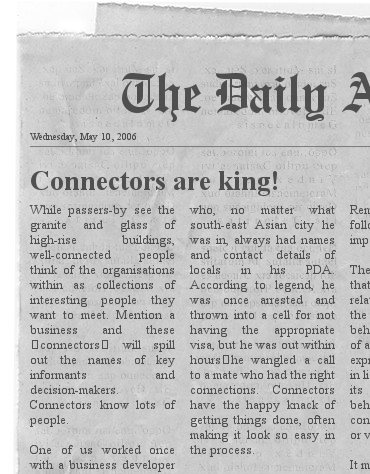
When the internet was first introduced, it could take several minutes to load a page; and who doesn’t remember the loud, annoying dialing noise, and the friendly, “You’ve got mail!? Now, if a page doesn’t load instantly, we become infuriated, ripping the modem cord from the wall and resetting the connection while cursing under our breath. There’s already a generation walking around who doesn’t understand the phrase, “Before the internet.” Some businesses offer free wifi to their customers, and several cities have plans to offer a blanket public wifi system paid by advertisers. The availability of information and the demand for faster access will only increase. But, with all the advances, are we really getting things done faster? Are we really accomplishing that much more?

